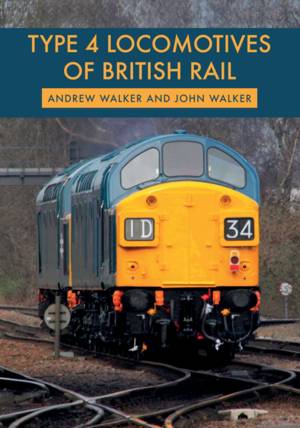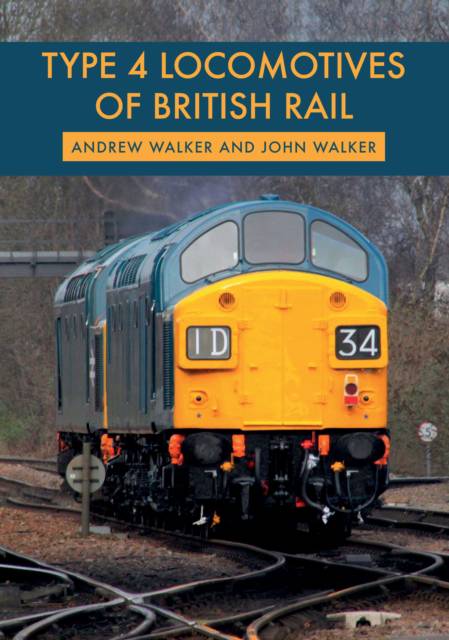
- Afhalen na 1 uur in een winkel met voorraad
- Gratis thuislevering in België vanaf € 30
- Ruim aanbod met 7 miljoen producten
- Afhalen na 1 uur in een winkel met voorraad
- Gratis thuislevering in België vanaf € 30
- Ruim aanbod met 7 miljoen producten
Zoeken
€ 22,45
+ 44 punten
Omschrijving
The six principal classes of diesel locomotive that once made up the 'Type 4' classification - the 40, 44, 45, 46, 47 and 50 - were the survivors of a wider group that can trace its origins to the British Transport Commission's 'Modernisation Plan' of 1955. Designating a power output of between 2,000 and 3,000 hp, the type once contained representatives of several non-standard and one-off prototype builds, including the Warship and Western diesel-hydraulics, which between them originally numbered over a hundred examples. The scrapping, exporting or accidental writing-off of the numerous Type 4 prototypes in the 1960s and early 1970s - with the exception of the ten 'Peak' Class 44s - left a cohort of over nine hundred diesel-electrics that became the real backbone of the BR fleet, including the most numerous single mainline class ever built in Britain, the 'Brush 4' - or Class 47, as it later became.This pictorial collection presents a wide-ranging selection of images of Type 4 locomotives from the late 1970s to the present day, photographed and compiled by Andrew Walker with contributions from fellow photographers John Walker and Vaughan Hellam.
Specificaties
Betrokkenen
- Auteur(s):
- Uitgeverij:
Inhoud
- Aantal bladzijden:
- 96
- Taal:
- Engels
Eigenschappen
- Productcode (EAN):
- 9781445680095
- Verschijningsdatum:
- 1/12/2018
- Uitvoering:
- Paperback
- Formaat:
- Trade paperback (VS)
- Afmetingen:
- 165 mm x 234 mm
- Gewicht:
- 276 g

Alleen bij Standaard Boekhandel
+ 44 punten op je klantenkaart van Standaard Boekhandel
Beoordelingen
We publiceren alleen reviews die voldoen aan de voorwaarden voor reviews. Bekijk onze voorwaarden voor reviews.











